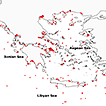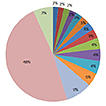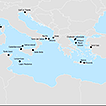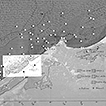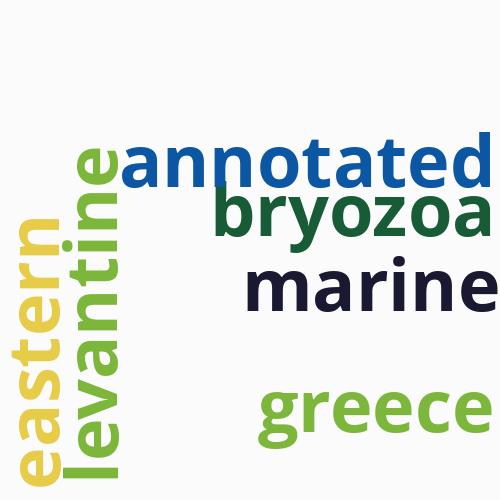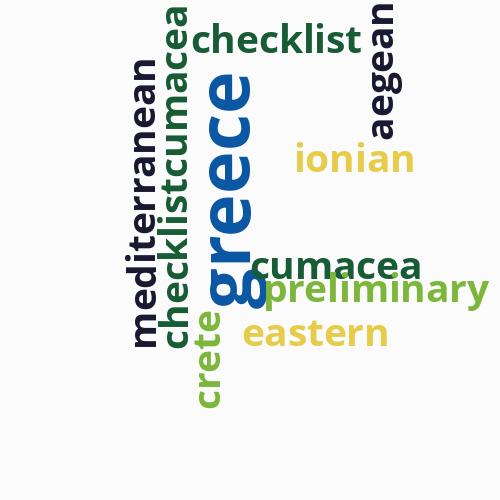In this collection

|
Papers published: 28 Documents added: 28 Printed version: Paperback Unique views: 100536 Total views: 185230 |
LifeWatchGreece Special Collection highlights the key contributions to the large-scale European LifeWatch Research Infrastructure, whose ultimate goal is to model Earth’s biodiversity based on large-scale data, to build a vast network of partners, and to liaise with other high-quality and viable research infrastructures. The present series of papers effectively communicates the project’s outcomes, while opening up to the scientific community, the broader domain of biodiversity management and potential collaborators.





